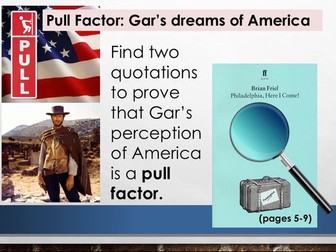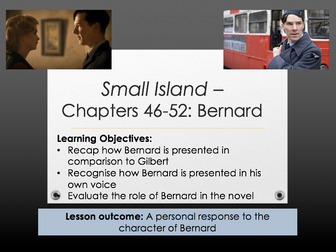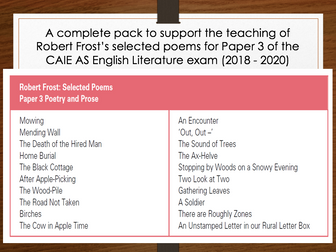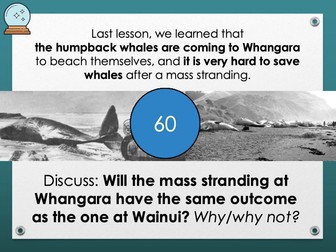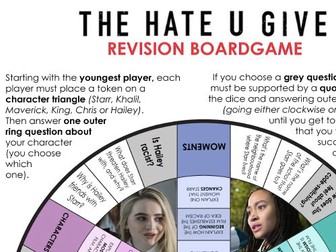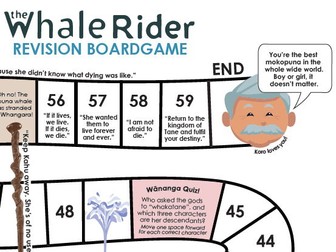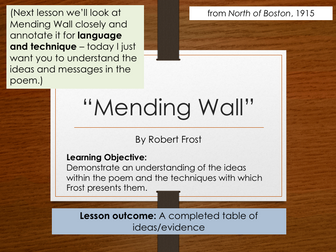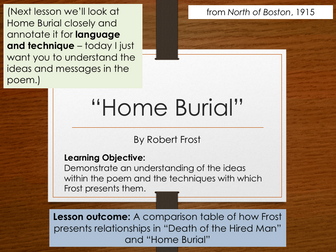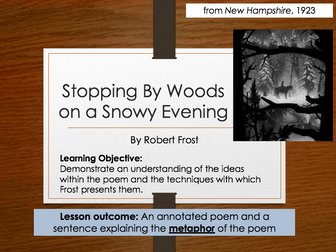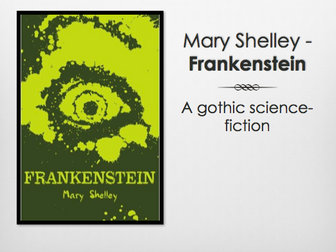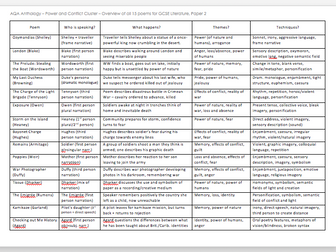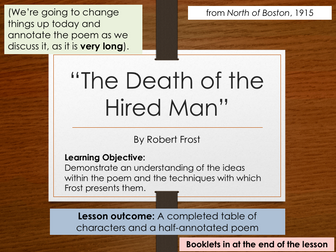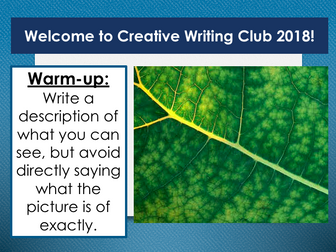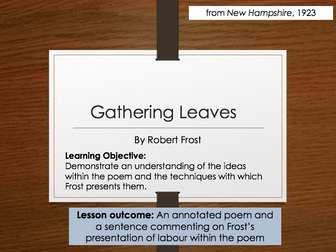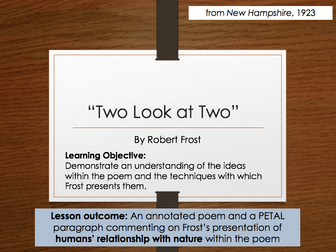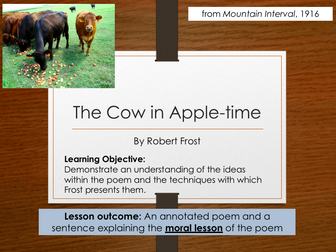Philadelphia, Here I Come! - AS Teaching Pack
A pack designed to teach the entirety of Brian Friel's Philadelphia, Here I Come! to students in Y12 preparing for the Cambridge AS International Examinations in 2018. <br />
Lessons progress chronologically through the whole play and are each designed to teach:<br />
- comprehension of plot and character<br />
- contextual detail<br />
- key quotations<br />
- significant themes<br />
- dramatic techniques<br />
- essay writing skills<br />
Students are encouraged to reflect on critical approaches to the play, as well as the various ways it has been produced and received. There are also quite a lot of revision resources included in this pack as well, such as cloze activities, practice exam questions, exemplar essays, quizzes and quote sheets.<br />
Note: We used the 1974 film at the end of each episode to reflect on some of the key events (and images from the film are therefore included as prompts), but the film differs quite significantly from the play, and isn't necessary to access the teaching materials within this pack.<br />
*Updated April 2018* (I taught it again and thought I could improve some of the resources, so re-uploaded these accordingly - there's also some new practice exam questions and exemplar essays.)
